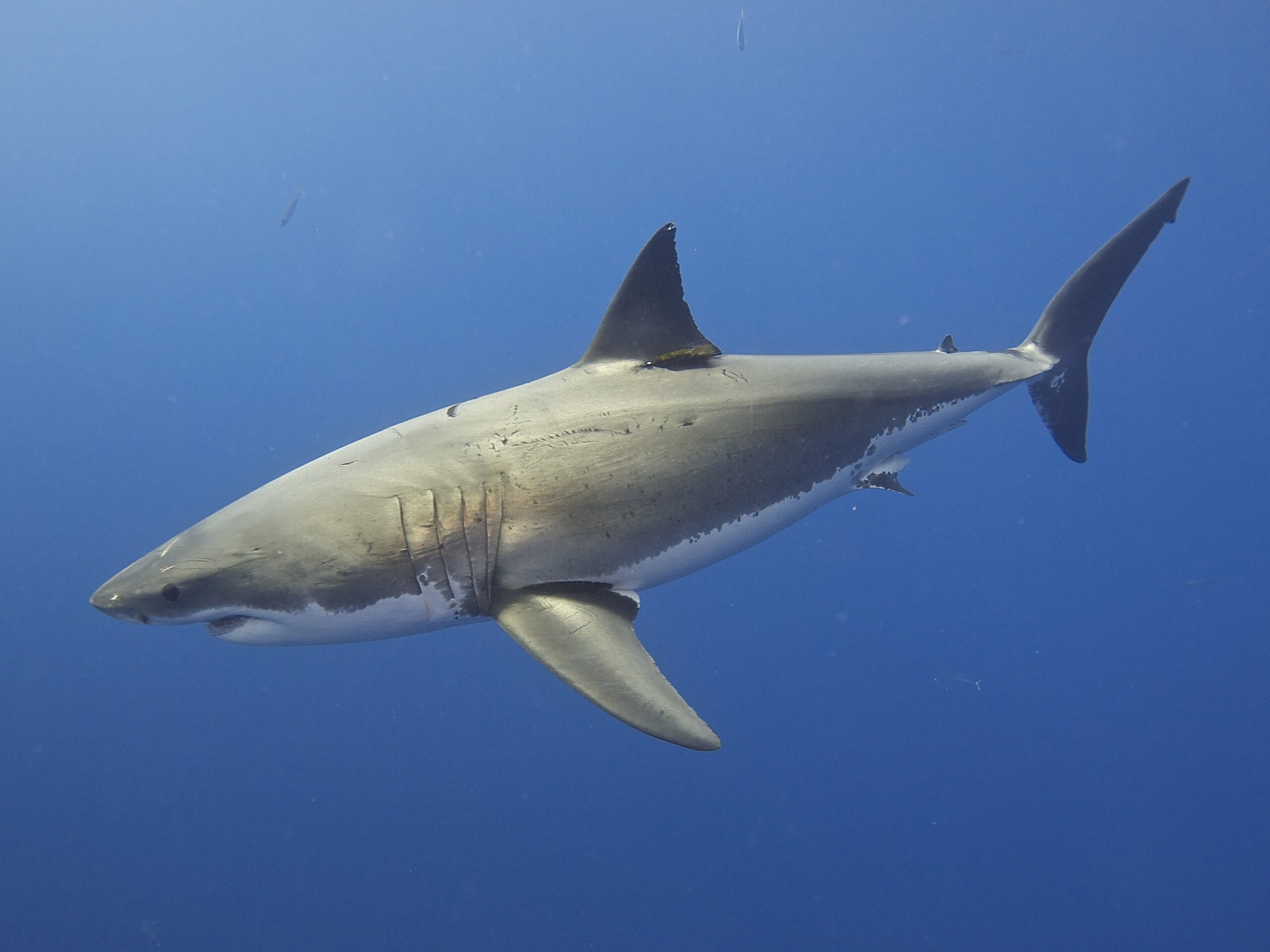Sharks cannot live in freshwater as they have to retain enough amount of salt in their bodies to survive, thus they prefer saltwater habitats. But isn’t it hard to survive with too much salt in the ocean? Then how do sharks osmoregulate to keep their water and salt levels in equilibrium? Let’s have a look.
What is Osmoregulation?
In osmoregulation, the molecules of water travel from the section of higher concentration to the area of lower concentration along the gradient. The process of osmosis doesn’t require energy but the water molecules have to confront the semi-permeable membrane.
The kidneys have been assigned the duty of osmoregulation in living beings, but not all. In case of any ion imbalance, the kidneys frequently inspect it and start performing their duty to amend any disturbance that happens in the body fluids.
While performing osmoregulation, marine animals face three types of environments according to which they decide to either perform osmosis or not.
1: Hypertonic Environment (High salt, low water inside the cell)
2: Hypotonic Environment (Low salt, high water inside the cell)
3: Isotonic Environment (Balanced salt and water inside the cell)
Organisms maintaining the isotonic environment in their cells do not require to perform osmoregulation and are called osmoconformers or ion conformers.

How Do Sharks Osmoregulate?
The mechanism of osmoregulation in sharks is stated below:
1: Sharks as Osmoconformers
Sharks are naturally Osmoconformers, which means, they do not have to regulate their body fluids to keep the ions in balance. They use the same ions that are present in the seawater for keeping their body fluids isosmotic with marine water. In such conditions, water will not flow either way.
2: Osmoregulatory Organ in Shark- Rectal Glands
The shark does not use its kidneys for osmoregulation or we can say osmoconformation; rather, it is the rectal gland that has been specialized for the regulation of body fluids. The rectal gland is composed of many minute tubules that perform the excretion of extra salts that accumulate in the shark’s body.
3: Organic Compounds that Help in Osmoregulation
Osmoconfomers maintain osmolarity according to seawater, but that does not mean they have the same ionic concentration as the seawater. The composition of shark blood has a conspicuous percentage of some organic compounds like Urea and Tri-Methyl Amine Oxide (TMAO). Because of these organic compounds, sharks cannot survive in a freshwater environment.
Sharks store urea on a very large scale which helps them to attain isotonicity. But then, urea has a very damaging effect on some enzymes that are important to maintain metabolism. To counter this effect, Tri-Methyl Amine Oxide (TMAO) comes into action and protects protein by preventing the breakage of peptide bonds. The excess salts that are taken up at the time of breathing are excreted by rectal glands. That’s how a shark regulates osmoregulation.
Conclusion
Adapting isotonicity and becoming osmoconformers is the most significant level of evolution that sharks have achieved. Sharks change their internal environment or internal salinity according to the external requirements of osmolarity and keep it constant throughout time. In addition to kidneys, sharks have another organ for osmoregulation named the rectal gland that excretes the accumulated salt out of the body, and all the salts remain in check.






